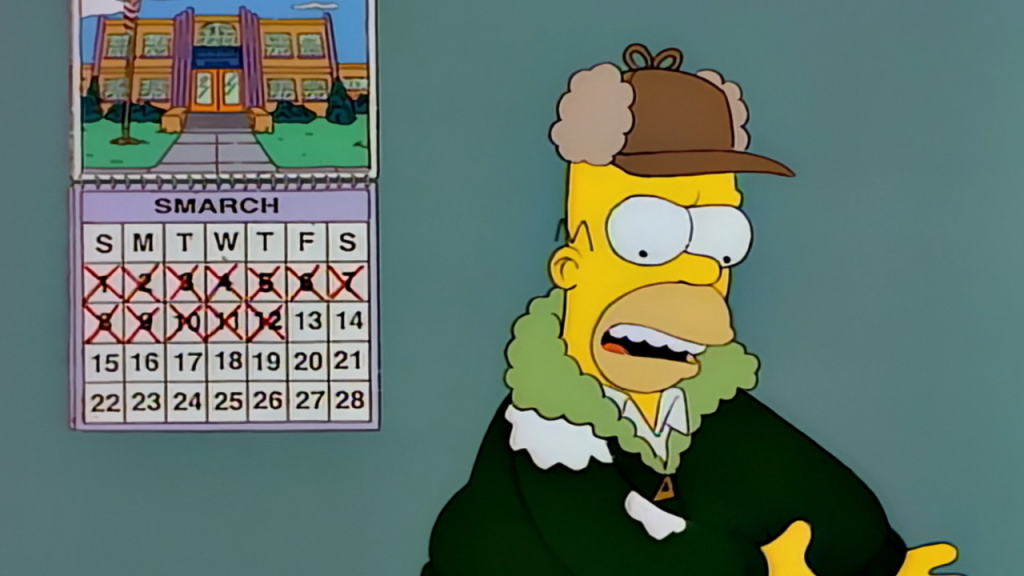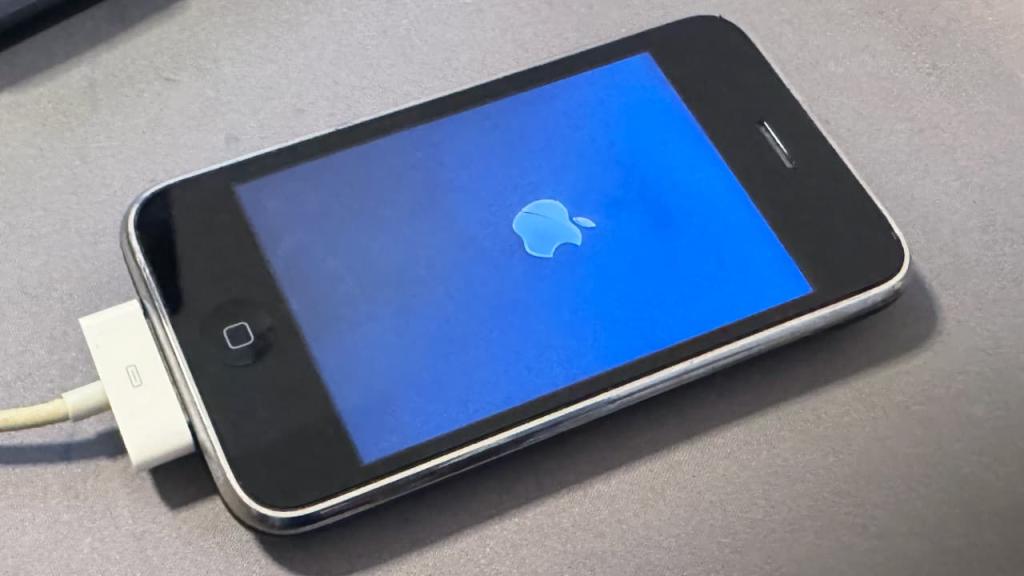Got an older 3G-only handset in Australia that’s still ticking along nicely? It won’t be for much longer, which is why it’s a good idea to start planning and replacing old 3G phones right now.
We’ve known for a while that the closure of Australia’s 3G networks was on the horizon.
3G started its life here in Australia back in 2003, and as someone who’s worked as a tech journalist through that period (and before!) it still kind of feels weird that this was twenty years ago.
Technically there were 2002 era launches in limited areas (look, here’s the official announcement if you like ancient press releases), but it was 2003 when 3G networks really hit wider areas of Australia.
Wild how times goes, isn’t it? Still, time passes, and with it, the technologies behind our mobile phone networks improves.
I can legitimately recall testing out some of Australia’s first 3G phones, back when the big selling point wasn’t data speeds, but the simple fact that you could make a rudimentary video call with them… sometimes.
Let’s just say that the very early days of 3G video calling were not resplendent with a lot of high-resolution call quality. These days, you could quite rightly be miffed if your FaceTime call started breaking up; back then it was new and exciting that you maybe got a few frames per second to go along with your voice call.
Telstra’s just updated its guidance on its impending 3G shutdown, set for June 30th 2024. That date isn’t some grand revelation, but it has shone some light on Telstra’s positioning of why, when and how fast 3G devices will stop working in Australia. I’m going to highlight and discuss some of those reasons below.
At a consumer level, the smartest way to treat and use any gadget is a simple one: For as long as possible.
As long as the screen doesn’t break and the battery doesn’t bulge, if it does what you need it to do, the reasons to upgrade to a shiny new model are often more to do with gadget lust than genuine necessity.
It’s also more environmentally friendly that way, because you’re making the most out of the resources and energy that were used to make your phone in the first place.
In the case of 3G only smartphones and feature phones, however, now really is the time to start budgeting for an upgrade – or asking your relatives for a Christmas present in upgraded smartphone form. Here’s why.
You (probably) won’t be able to make 000 emergency calls

This is a biggie, because while you might reasonably expect that when a network closes 3G, it won’t take your regular calls – but the same will be broadly true for 000 emergency calls.
If you’re in an area of Australia outside your network’s coverage, you’ll typically see “SOS” where your phone’s signal bars should typically be. That should allow you to make emergency calls using alternative networks if they’re in range.
Once 3G dies for Telstra customers, the only way that’ll be feasible is if you do happen to be in range of any Optus 3G towers, and even then only through to September 2024. Vodafone’s actually closing off its 3G first, from 15 December 2023, so they’ll be long gone by the time Telstra gives 3G the flick.
Equally though – and maybe more pertinent for those areas where Optus and Vodafone don’t have quite as strong regional and rural coverage – anyone on an Optus 3G or Vodafone 3G phone won’t be able to access Telstra 3G towers, because they simply won’t exist any more.
By mid next year no matter the network you’re on right now, there’s going to be no way to get yourself out of trouble if you’re still packing a 3G only handset.
4G Coverage Not Just Will Be Better And Faster… It Already Is

Telstra’s a little more cagey here, saying that it “should” improve, but really, if you’re still packing a 3G-only phone and as long as the replacement isn’t one of those two-cans-with-string-and-a-4G-sticker-on-the-side contraptions, there’s basically zero reason for the vast majority of Australians not to see improved performance – for both calls and data – on a 4G or 5G network.
If you’re on the very rural fringes of network coverage I guess your experience may vary, but statistically speaking, most of us live in larger population clusters with a lot of 4G coverage – and soon to be no 3G coverage.
3G Shutdown Will Happen Faster Than You Think

Take a look at the calendar. It’s the 1st of December, and all across the nation, everyone’s having the same basic thought. Wasn’t it just March yesterday?
Likewise, while the 30th of June 2024 might seem like it’s a decent span of time away, that time will pass in the blink of an eye, and you don’t want to be caught without coverage. If you’re a Vodafone customer, we’re not talking months here — we’re talking a handful of weeks.
Telstra has only provided a little bit of detail on the specific timeframes we’re talking about here, but it’s not exactly subtle, stating that
Our 3G closure will commence from 30th June 2024 and will happen relatively quickly – e.g. hours/days.
Sri Amirthalingam, Telstra Commercial Engineering Executive
I would not plan on having Telstra coverage on a 3G-only handset on 1st of July 2024 based on that sentence alone.
I Still Love My 3G Phone. Why Is Telstra Doing This To Me?

It’s not personal, really.
It’s actually to do with providing better mobile service, not just to you, but to everyone using a mobile phone network, which is why competing networks Optus are doing exactly the same come September 2024, while Vodafone will cut the 3G plug in December 2023.
Mobile phone networks run on regulated wireless spectrum, and the nation’s telcos only have so much of that they’re allowed to use.
Switching that spectrum over from 3G to 4G and 5G frequencies allows them to more efficiently use that spectrum for greater reach, speeds and services for everyone. It’s exactly the same reason why 2G networks were decommissioned 6 years ago.
Does This Mean I Have To Spend Thousands On A New Phone?

Not at all. Any basic 4G-capable phone will do the trick nicely, and those can be had for under $100 pretty easily. Of course, if you are taking the opportunity to pester a relative for an upgrade, then by all means, go nuts, ask for a fancy folding smartphone and see what you get. It might work!
The one bit of advice here is to ensure that the device you upgrade to is 4G VoLTE (Voice over LTE) capable, though that’s a remarkably short bar to leap for any actually new handset sold in Australia these days. It could be a concern if you’re switching up to a hand-me-down or second-hand phone, however.
What should I do with my old phone after the 3G shutdown?

Look, I’ll come clean here: I still have a working 3G phone within reach as I write this.
It’s an iPhone 3GS to be precise, the one pictured above, which I reviewed way back in the day. Surprisingly it still takes a charge, albeit not much of one these days.
I’m keeping that puppy, not that it’s seen a 3G SIM for a long time, but that’s partly out of tech reviewer nostalgia and partly because it runs very old iOS apps that simply don’t exist any more at all.
But I admit that I’m an absolute edge case (or possible problem child), and the answer for most people with 3G-only handsets will be to responsibly recycle them.
I’ll say that again: RESPONSIBLY RECYCLE THEM.
Please don’t just chuck them in the bin or out in the street where they’ll do environmental damage.
Services like Mobile Muster exist for a reason, most Officeworks shops have recycling bins in them, and many councils have specific e-waste recycling schemes as well – check Planet Ark’s Recycling Near You site to find your nearest one.
